
Nothing beats the joy of picking fresh, homegrown fruit right from your backyard. The right trees can turn any space—big or small—into a thriving orchard bursting with flavor. Some flourish in containers, while others reward with generous harvests year after year. Explore a variety of fruit trees that bring beauty, bounty, and endless possibilities to your garden.
Meyer Lemon
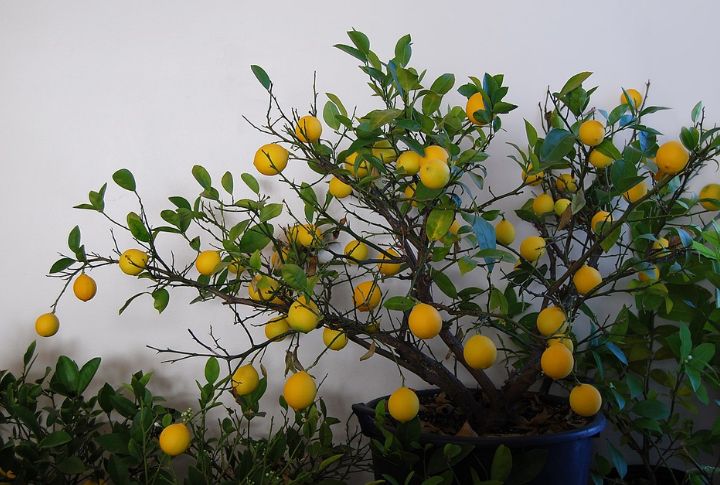
Meyer lemon trees offer a delightful twist on classic lemons. Compact and ideal for container gardening, they produce sweeter, less acidic fruit and aromatic white blossoms. Perfect for adding flavor to dishes and beverages, Meyer lemons bring both beauty and versatility to your backyard.
Dwarf Honeycrisp Apple
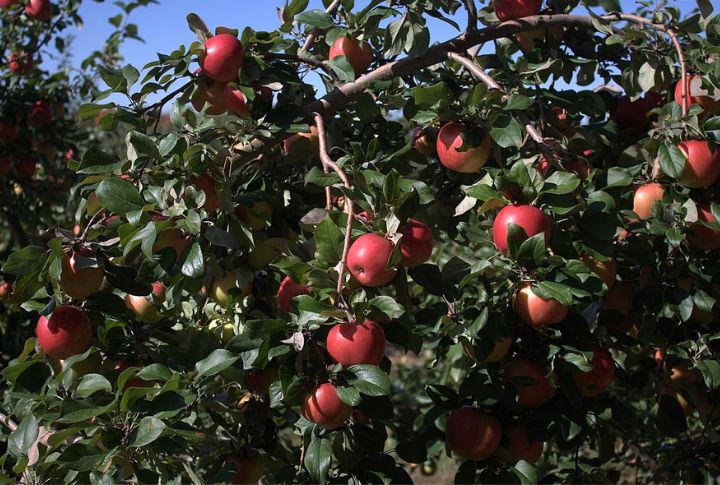
Honeycrisp apples’ legendary crunch and perfect sweet-tart balance can grow right in your yard! Dwarf varieties stay 8-10 feet tall, making harvesting easy. While they require cross-pollination, they still produce full-sized fruit on smaller trees—perfect for modest spaces.
Santa Rosa Plum
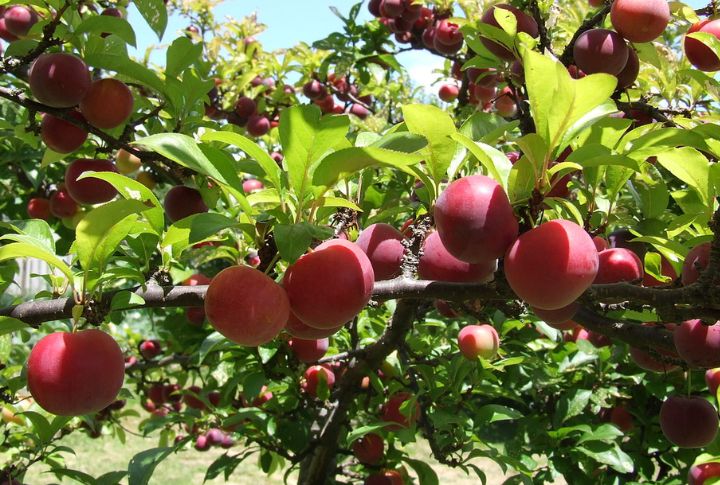
Reliable Santa Rosa plums deliver juicy, sweet-tart fruits with beautiful reddish-purple skin. Ripening in early summer, the trees adapt to various soil types. One tree provides abundant fruit, as it’s largely self-fertile, though it produces even better with a pollinator nearby.
Improved Elberta Peach
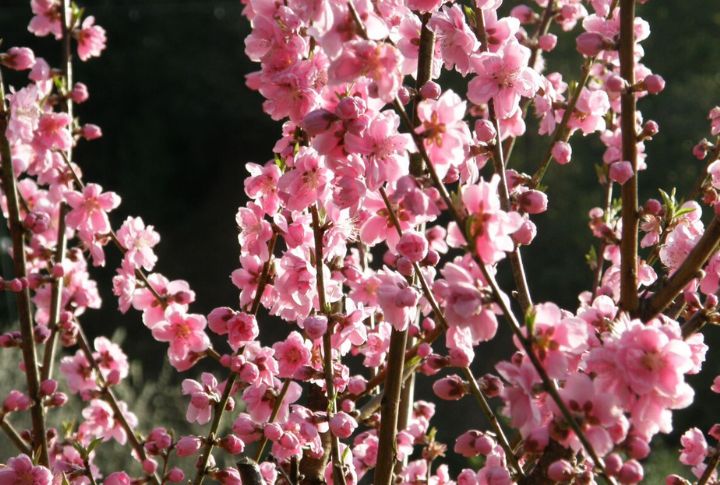
With minimal care, Elberta peach trees bear sweet, juicy peaches and are less affected by diseases than many other varieties. Their beautiful pink blossoms in spring turn into delicious summer fruit. Self-pollinating and naturally compact, Elberta peaches are a great choice for gardeners with limited space.
Brown Turkey Fig

This adaptable fig variety thrives in zones 7-10, producing two crops yearly in warm regions. Figs require minimal pruning and resist most pests naturally. Their distinctive large leaves add beautiful tropical texture to your landscape, while the sweet fruits need no pollination.
Montmorency Cherry

Perfect for pies, preserves, and juices, Montmorency cherries offer practical advantages over other varieties. Unlike sweet cherries, they self-pollinate and resist disease better. The trees produce beautiful white spring blossoms and adapt to different soil conditions, making growing them easier than with many cherry varieties.
Fuyu Persimmon
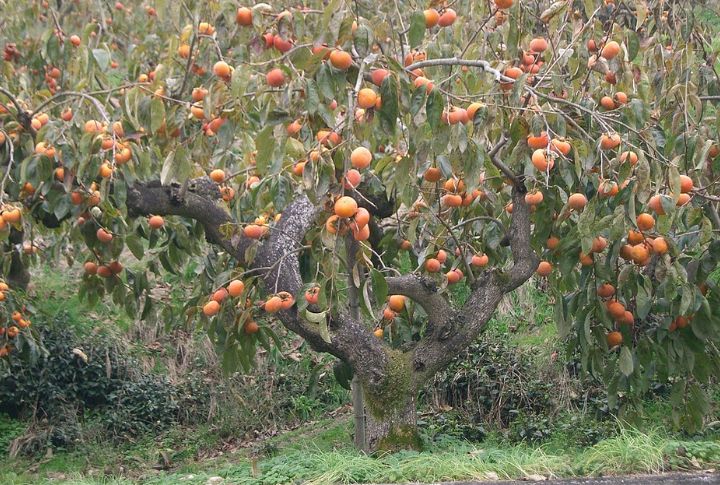
The beautiful Fuyu persimmon tree bears sweet, non-astringent fruit that can be enjoyed while still firm. Owners enjoy a three-season interest: spring blossoms, summer foliage, and spectacular fall color. Its bright orange fruit persists after leaf drop for winter beauty, and natural pest resistance is a bonus.
Dwarf Bartlett Pear
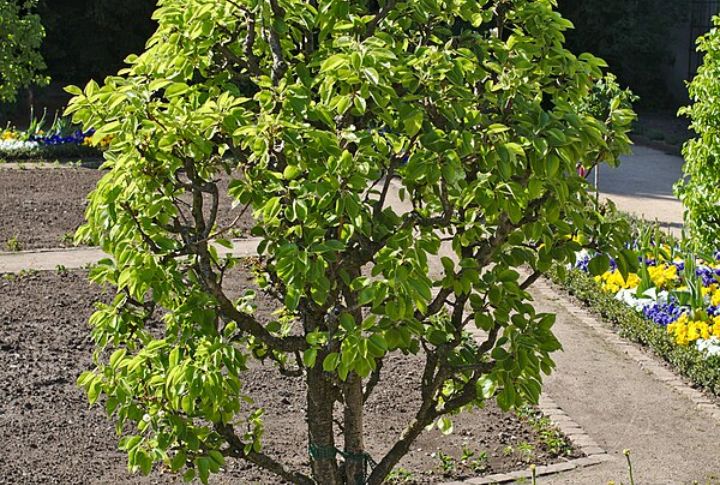
Classic Bartlett pears produce sweet, juicy fruit on trees that are perfect for smaller yards. Dwarf varieties reach just 12-15 feet tall but deliver full-sized pears. The fall harvest brings perfect fruit for fresh eating or preserving, though having a nearby pollinator variety will help your tree thrive even more.
Italian Honey Fig
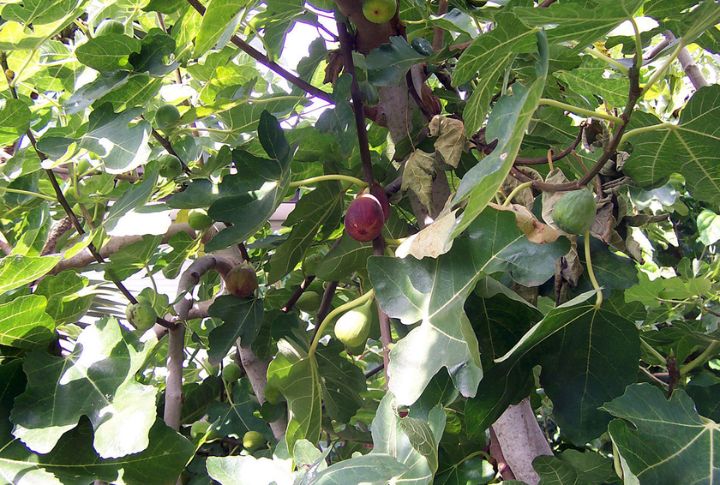
Italian Honey figs can survive winters as far north as zone 6 with protection. The amber-green fruits feature irresistibly sweet pink flesh and rarely suffer from pest problems. Growing beautifully in containers, fig trees produce prolifically with minimal care requirements.
Arctic Kiwi

These surprisingly sturdy vines bear smooth-skinned kiwi berries that offer the same taste as regular kiwis. Arctic kiwis, unlike their tropical cousins, survive winters in zones 4-9. With just one male plant, you can pollinate up to eight females, producing sweet fruits that grow best on a trellis or fence.
Reliance Peach
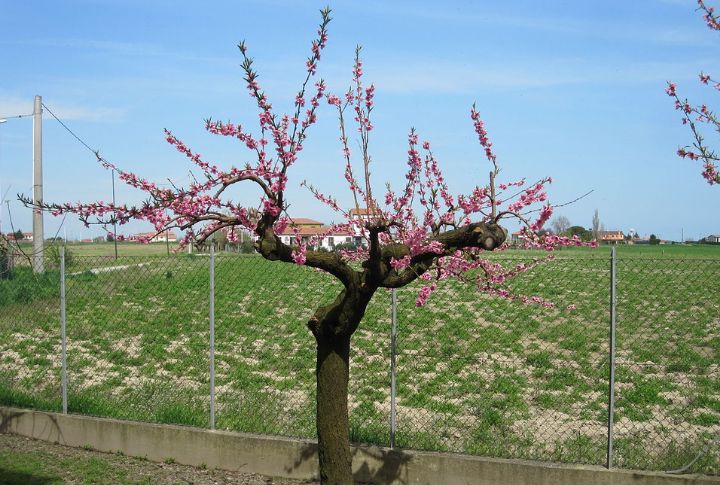
Exceptionally cold-hardy, Reliance peaches thrive where other varieties struggle, producing reliably even after harsh winters. Self-pollinating and disease-resistant, these trees bear sweet, yellow-fleshed freestone peaches. Their beautiful pink blossoms arrive early in spring, adding ornamental charm along with their delicious fruit.
Dwarf Improved Golden Self-Blush Pineapple Guava
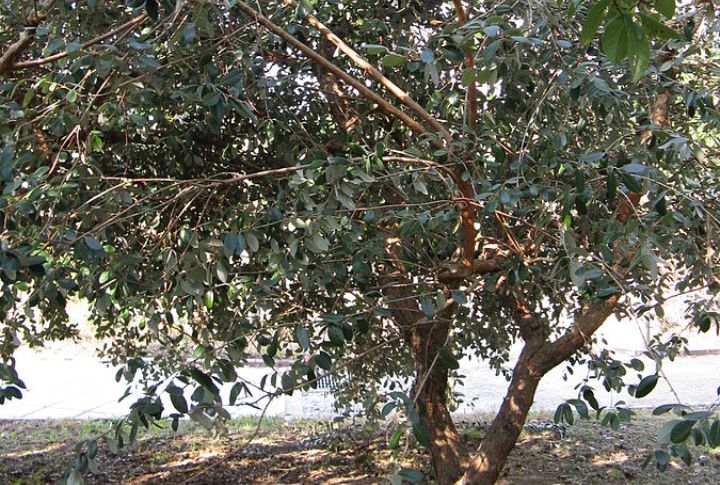
Despite their lengthy name, compact evergreen pineapple guavas are highly versatile in zones 8-11. The delicious tropical fruits taste like pineapple, mint, and strawberry, with edible flower petals reminiscent of candy! Their silver-green foliage creates year-round interest, even when not fruiting.
Red Haven Peach
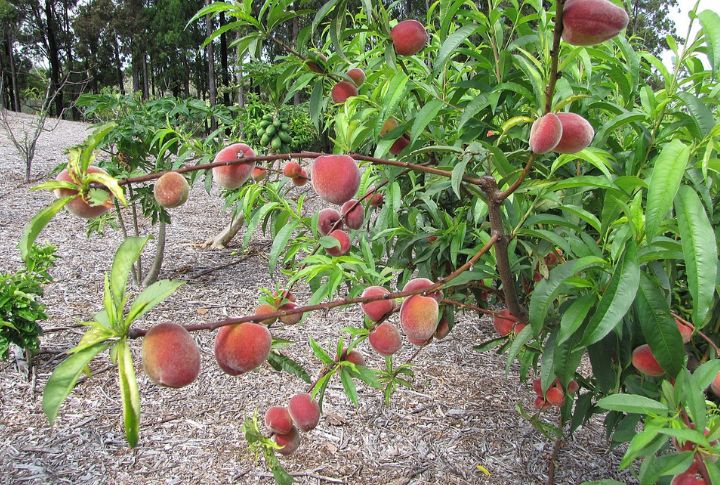
This disease-resistant variety offers sweet, firm, freestone peaches that resist browning after being sliced. Its later bloom time helps protect against spring frost damage. Self-fertile and adaptable to different soil types, Red Haven offers reliable harvests for backyard growers.
Dwarf Stella Cherry

Sweet Stella cherries solved the self-pollination problem that challenges most sweet cherry varieties. Manageable at 10-12 feet tall, the trees still produce full-sized, delicious dark-red fruits. Their stunning spring blossoms also add ornamental beauty to your garden before the summer harvest begins.
Satsuma Mandarin
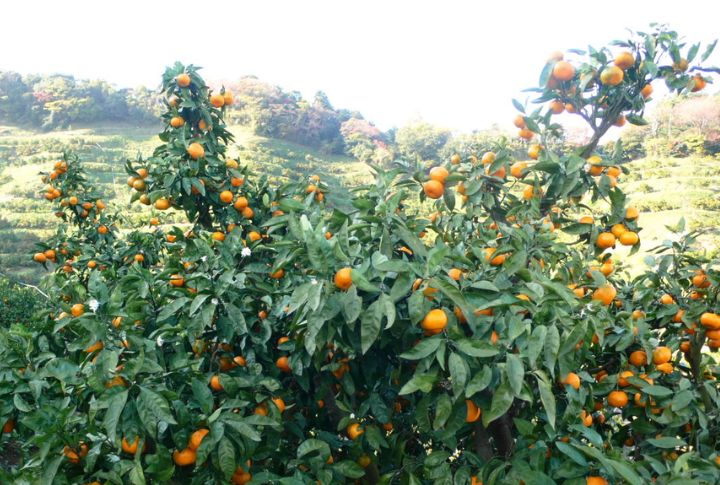
These cold-tolerant citrus trees produce sweet, seedless, easy-peel fruits perfect for snacking. Satsumas adapt well to container growing, making them versatile for various climates. They can grow in-ground in zones 8-11, while northern gardeners can move potted trees indoors for winter.
Moonglow Pear
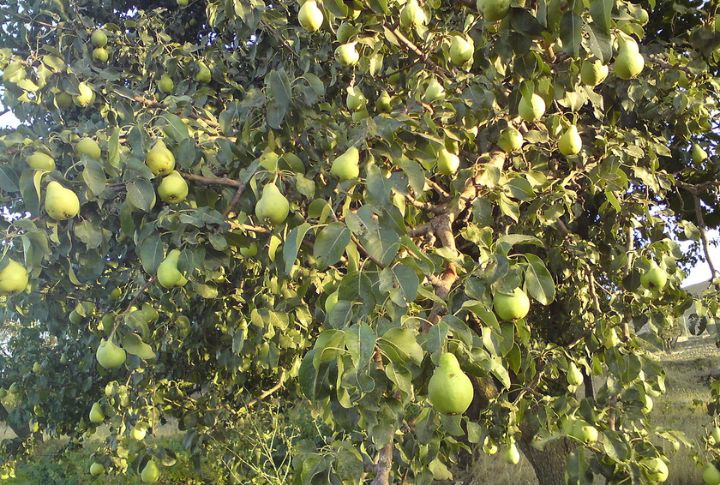
Moonglow, a fire blight resistant pear variety, yields sweet, juicy fruits with few pest concerns. The trees feature beautiful white spring blossoms and brilliant fall foliage. Moonglow pears store exceptionally well after harvest, extending your enjoyment of these delicious fruits.
Chicago Hardy Fig
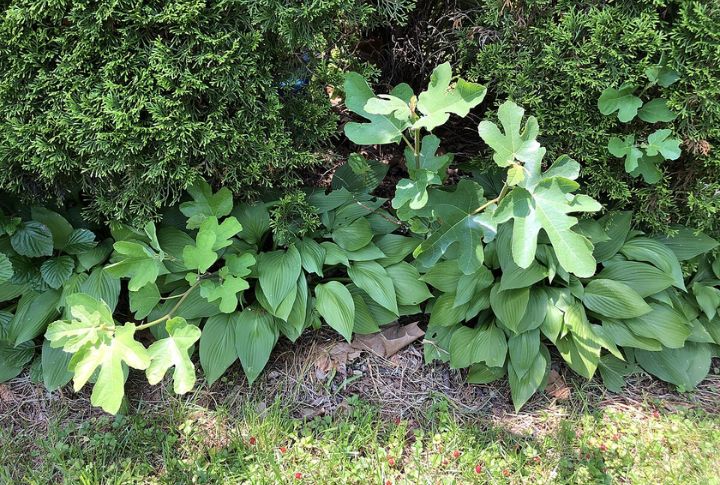
True to its name, the Chicago fig can die back to the ground in winter and still grow a crop the following year. It delivers sweet purple-brown figs with vibrant strawberry-colored flesh. Its attractive lobed leaves also add a tropical flair to northern locations, making it a unique addition to any garden.
Multi-Graft Apple
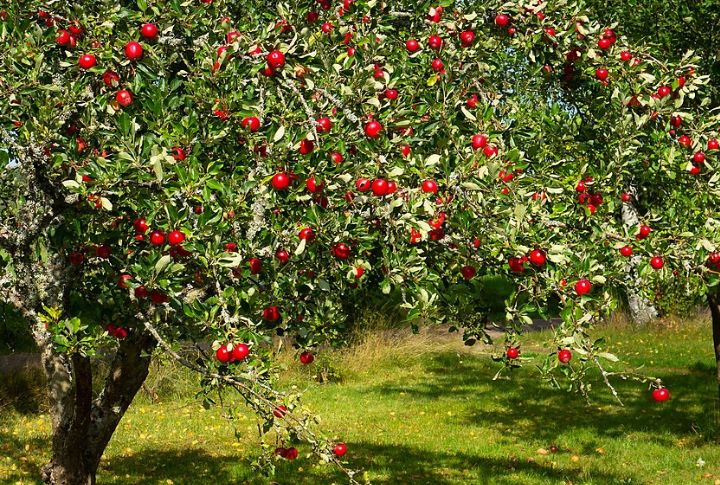
These ingenious trees feature 3-5 apple varieties grafted onto one rootstock. Enjoy multiple apple types without needing separate trees for cross-pollination. A single multi-graft tree provides early, mid-, and late-season varieties for extended harvests from one compact planting.
Pomegranate
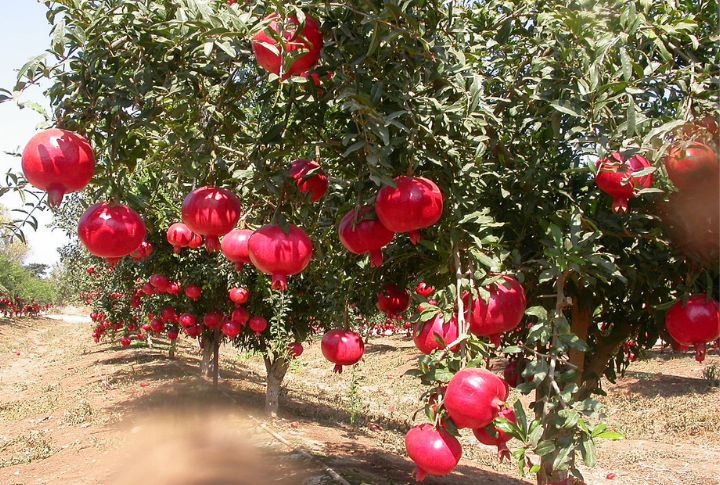
Pomegranate trees add a splash of color and health benefits to your garden. Their ruby-red, antioxidant-rich fruit and glossy leaves make them both ornamental and practical. Whether enjoyed in salads, juices, or as a striking focal point in your garden, they’re sure to enhance your outdoor space.
Dwarf Fruit Salad Tree
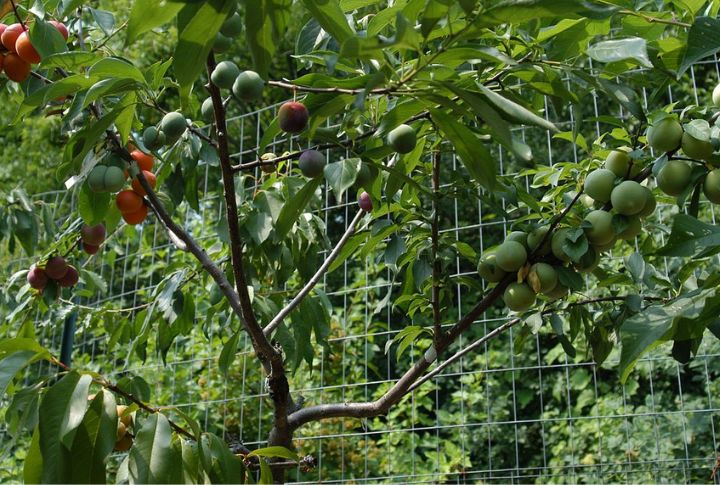
Dwarf fruit salad trees combine several compatible fruit varieties grafted onto one tree. Imagine enjoying peaches, plums, nectarines, and apricots, all from a single tree! These compact trees save space while offering variety, but they do need a little extra care to meet the different needs of each fruit variety.

